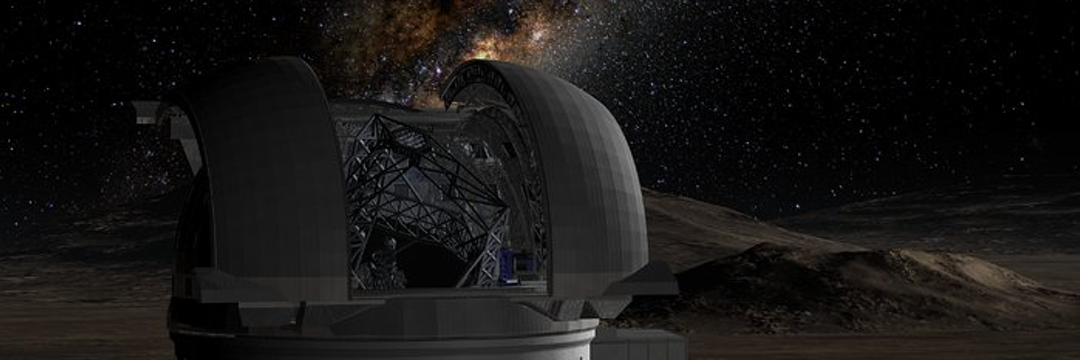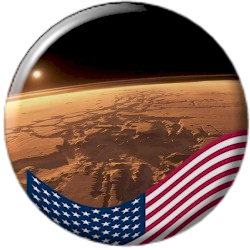
In a surprising move, NASA engineers have managed to reactivate thrusters on the Voyager 1 spacecraft that had been idle since 2004
With the spacecraft traveling through interstellar space, the solution came at a crucial time, as the thrusters currently in use were in danger of failing.
Racing against time before a communications outage, the NASA team used creativity and daring to bring back a system that everyone thought was lost, ensuring the continuity of the mission.
Reactivating ‘Dead’ Thrusters:
Scientists at NASA’s Jet Propulsion Laboratory (JPL) in California have achieved something amazing: they have reactivated thrusters on Voyager 1 that had not worked for two decades.
These thrusters had been considered unusable for 20 years, and reactivating them was no easy feat.
The team had to use a lot of intelligence and risk-taking to come up with a solution.
The reason? The main thrusters, which are being used now, are becoming clogged with debris and could stop working at any time, perhaps as early as this year.
The timing was critical.
NASA needed to get these backup thrusters working before May 4, when a large antenna on Earth that is used to send commands to Voyager 1 and its sister spacecraft, Voyager 2, would be out of operation for months due to planned upgrades.
Controlling the Probe in Interstellar Space
Launched in 1977, the Voyager 1 and 2 probes are traveling through interstellar space at speeds of about 35,000 mph (56,000 km/h).
To communicate with Earth, they use small thrusters to adjust their position, keeping their antennas pointed directly at our planet.
This allows them to send and receive signals.
Each probe has main thrusters that control movement in various directions and others specific to a movement called rotation.
This movement is like the antenna rotating, helping the probe align itself with a guiding star to maintain communication with Earth.
The probes also have backup thrusters for rotation.
A third set, originally used during planetary flybys, was reactivated in 2018 and 2019, but it is not used for rotation adjustments, which are essential for maintaining contact with Earth.
Problems with Thrusters and Contingency Planning
To deal with clogged tubes in the thrusters, engineers alternate between the main, backup, and trajectory thruster sets on both probes.
On Voyager 1, the main rotation thrusters stopped working in 2004 when two small internal heaters failed.
At the time, engineers concluded that the heaters were beyond repair and decided to use only the backup rotation thrusters to align the probe.
“At that point, the team accepted that the main spin thrusters were not working, because they had a good alternative in the form of the backup thrusters,” said Kareem Badaruddin, Voyager mission manager at JPL.
“And to be honest, no one thought the Voyagers would be able to continue operating for another 20 years.”
A New Idea Brings Hope
Without the ability to control the spin, the mission could face serious problems.
So the team decided to revisit the 2004 failure.
They began to suspect that a change or failure in the circuits that control the heaters might have shut down the wrong system.
If they could fix that, the heaters could be restored to working order, allowing the main spin thrusters to be used if the backups became completely clogged.
A Risky Startover:
The solution required solving a puzzle.
The team had to restart the idle spin thrusters and try to repair the heaters.
If the spacecraft lost alignment with the guide star during the process, the thrusters could fire automatically (due to the spacecraft’s programming).
But if the heaters were still off, this could cause a small explosion.
So it was essential to align the spacecraft precisely.
Why Only an Antenna Could Help
The deadline was tight.
From May 4, 2025, until February 2026, Deep Space Network Station 43 (DSS-43), a 70-meter antenna in Canberra, Australia, will be undergoing maintenance and will be out of operation for extended periods.
This antenna is the only one with enough power to send commands to the Voyagers.
Although the Deep Space Network has three complexes around the world (in California, Madrid, and Australia) to maintain constant contact with spacecraft as the Earth rotates, only DSS-43 can communicate with the Voyagers.
“These antenna improvements are important for future human lunar missions and for enhancing the communications capabilities of deep-space science missions that build on Voyager’s discoveries,” said Suzanne Dodd, Voyager project manager and director of the Interplanetary Network at JPL.
The team wanted to make sure the idle thrusters were working before August, when the antenna will soon be available, since Voyager 1’s current thrusters could shut down completely by then.
A 20-Year Gamble That Pays Off
The effort paid off.
On March 20, the team watched the commands being executed.
Because Voyager 1 is so far away, it takes more than 23 hours for the radio signal to reach Earth, so everything they saw had already happened nearly a day earlier.
Had the test failed, the spacecraft could have been in jeopardy.
But within 20 minutes, the team saw the temperature of the thruster heaters rise sharply, confirming success.
“It was a glorious moment.
The team was very excited that day,” said Todd Barber, the mission’s propulsion lead at JPL.
“These thrusters were considered dead, and that was a valid conclusion.
But one of our engineers had the idea that there might be another cause for the problem, and it was fixable.
It was another miracle for Voyager.”
More About Voyagers
The Voyager 1 and 2 probes are legendary NASA explorers, launched in 1977 to study the outer planets: Jupiter, Saturn, Uranus and Neptune.
Voyager 1 is now about 15 billion miles from Earth, and Voyager 2 is about 13 billion miles away.
They are the farthest-traveling human-made objects in history.
After completing their planetary missions, the Voyagers were the first and only probes to enter and return data from interstellar space, the region beyond the planets of our solar system and outside the heliosphere, the Sun’s protective bubble of particles and magnetic fields.
Their journey continues to reveal incredible information about the distant reaches of our solar system.
Published in 05/20/2025 09h42
Text adapted by AI (Grok) and translated via Google API in the English version. Images from public image libraries or credits in the caption. Information about DOI, author and institution can be found in the body of the article.
Reference article:
| Geoprocessing Drone Systems HPC |

| ERP and CRM Systems Mobile Systems AI |


